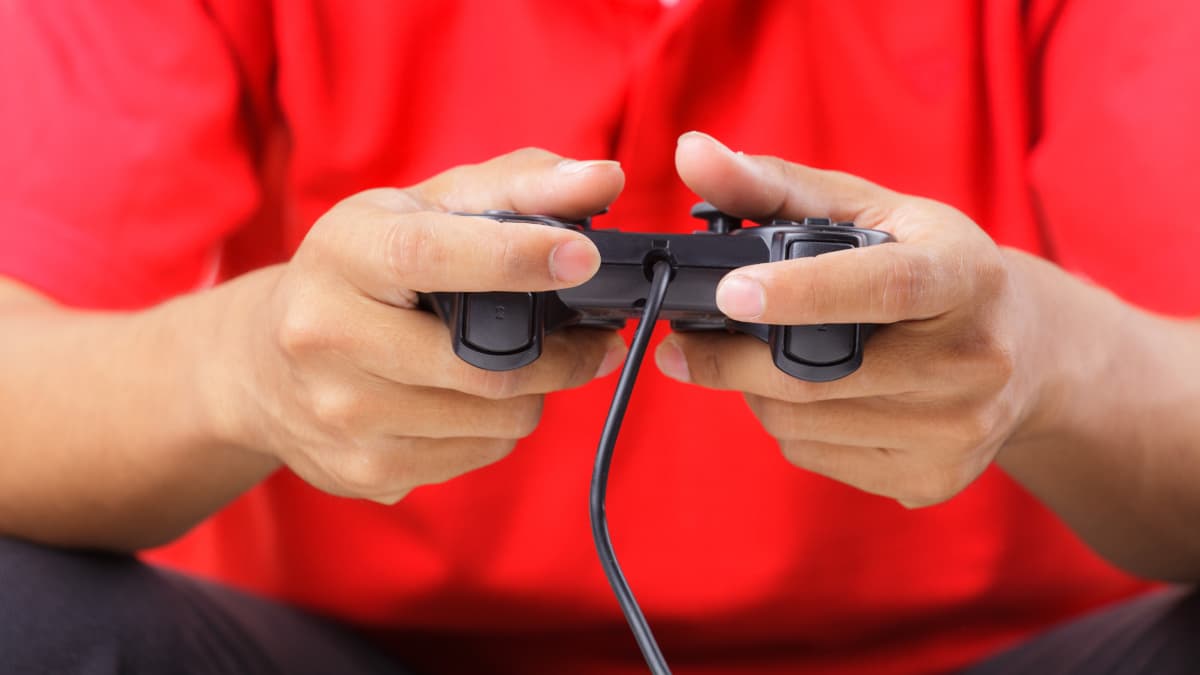Winning over business customers in a playful manner – this is the key idea behind gamification in B2B marketing. This method works and has already been tried and tested in the B2C segment. Read below about what you can do in theory and practice.

Gamification: B2B marketing with playful concepts
For a long time, B2B customers were seen as business-like partners mainly interested in the facts. But this has changed – after all, decision-makers are also people. This can be seen by the fact that due to their private habits, their professional purchasing and research behaviour is becoming more and more like that of B2C clientele. When it comes to taking decisions, they are influenced by their feelings more strongly than ever before.
Modern B2B marketing, for example, takes advantage of this by triggering emotions with campaigns and other measures. And this is where gamification comes in. It caters to the human desire to play. This frequently involves projects that use playful means in a context and for a purpose which normally would not have anything to do with a game. The idea behind this: a playful component arouses a personal feeling of competition – even in what may be considered an unusual or unfitting setting at first glance.
This is triggered, for instance, with small exercises or puzzles on a product website that incite personal ambition. Ideally, the users voluntarily provide their personal data simply to be able to play along because the challenge is fun to them.
How gamification works in the B2B segment
The main goal of gamification in B2B marketing is the generation of leads. These should be interested in a product or service and, ultimately, become a conversion. This can be achieved among some by providing the hard facts and dry information. But other target groups can be won over more effectively with a playful element. For the seller, therefore, it is important to use gamification to grab attention, to communicate a positive image – and to encourage a certain behaviour.
This makes it possible to use gamification in B2B marketing, too, to elicit desired activities among users. Game rules are essential for this, providing the framework for channelling the visitors’ behaviour by providing options for actions, and for leading them to the desired reaction. Depending on the intention or phase of the decision-making process, this can be the simple collection of data or the provision of an incentive for making a purchase.

Two examples: how playful elements can be leveraged
Human kind’s innate nature to play can be triggered in several ways. In terms of gamification in B2B marketing, the following options can be considered, amongst others:
- Organise competitions: faster, higher, further – the Olympic motto can be transferred to gamification. Possible are challenges which focus on the factor of time or amount (e.g. colleting points).
- Offer puzzles: a quiz, a mathematical challenge or any other form of mental exercise can trigger the desire to play. Ideally, the solution is connected to the respective product.
- Award titles: when members of community stand out in a special way (e.g. through tips or frequent feedback), they can achieve a certain status. For instance, those who post a particularly high number of well-reviewed posts can be named experts. Here is where several hierarchical levels can trigger ambition.
- Provide rewards: the success of modern rebate systems (e.g. Payback, Miles & More) is proof of gamification’s effectiveness. Customers collect points with each purchase and benefit from lower prices, special products or other rewards. This concept is also suitable for companies in the B2B segment.
How these and similar mechanisms can be realised in practice, as shown by two concrete best-practice examples:
- The IT company Oracle published the stacking game “Cloud Stacker” on its Facebook page. It aims to make cloud solutions more well known. The success was impressive: the click rate increase by 85 per cent and users spent three times more time with Oracle advertising than before.
- Bayer AG combined interactive videos with classic computer game elements with the aim to sensitise the company’s own employees on compliance rules. The game involves a serious game concept which not only provides information across several levels and in several languages, but also imparts the right behaviour in different compliance situations.
Increase your visibility to your target audience and showcase your product offering online by creating a free profile on wlw.
